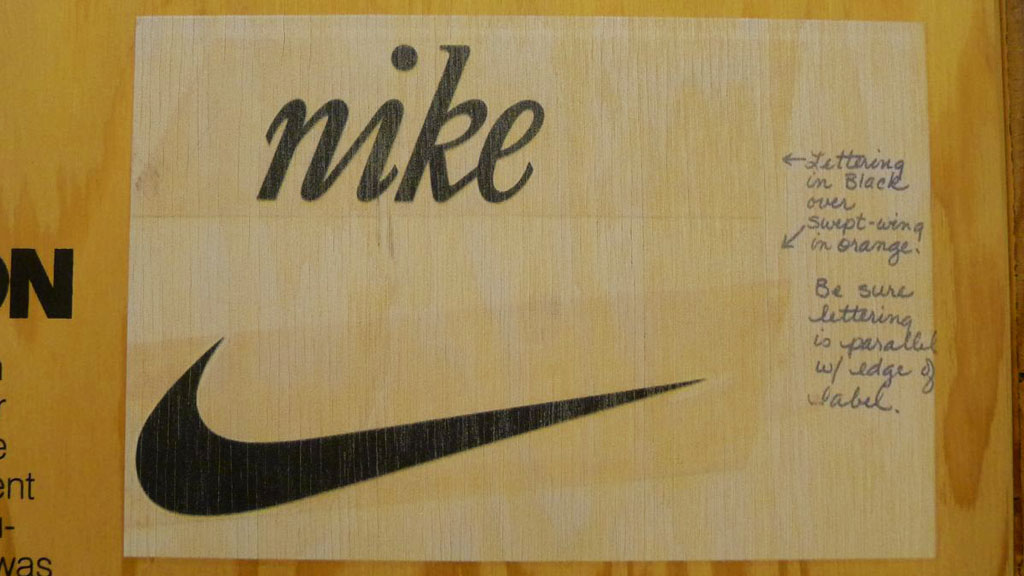

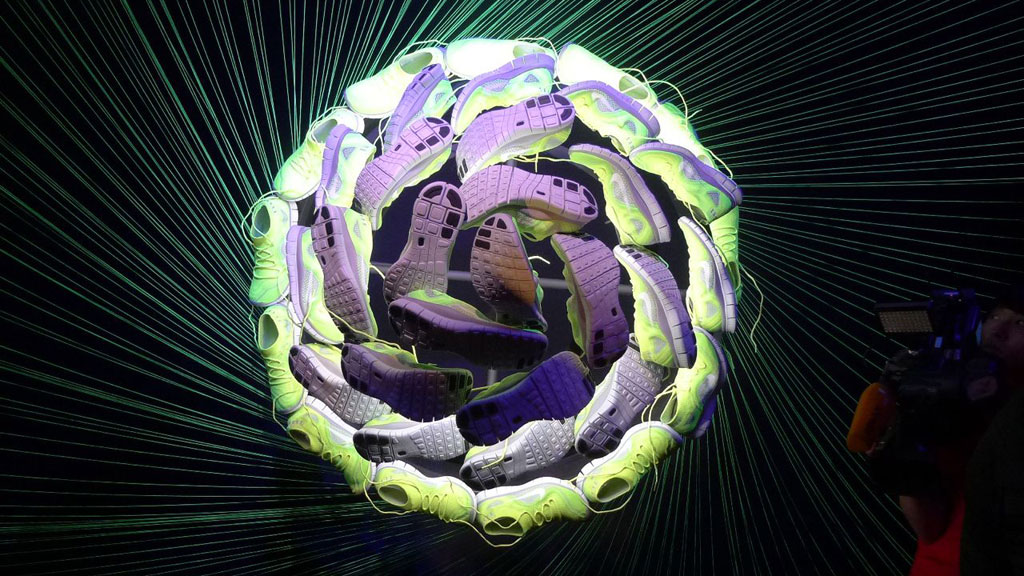

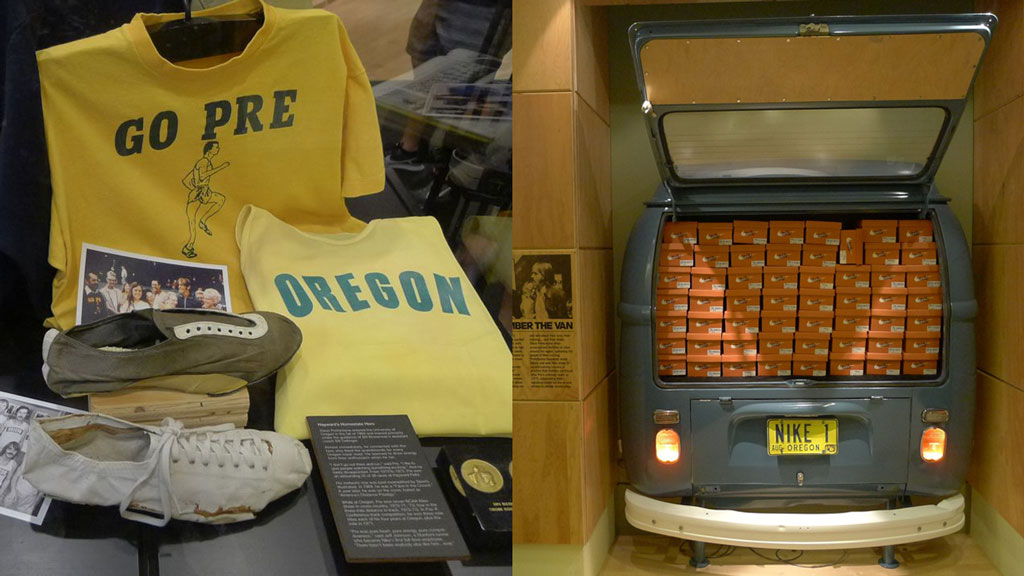
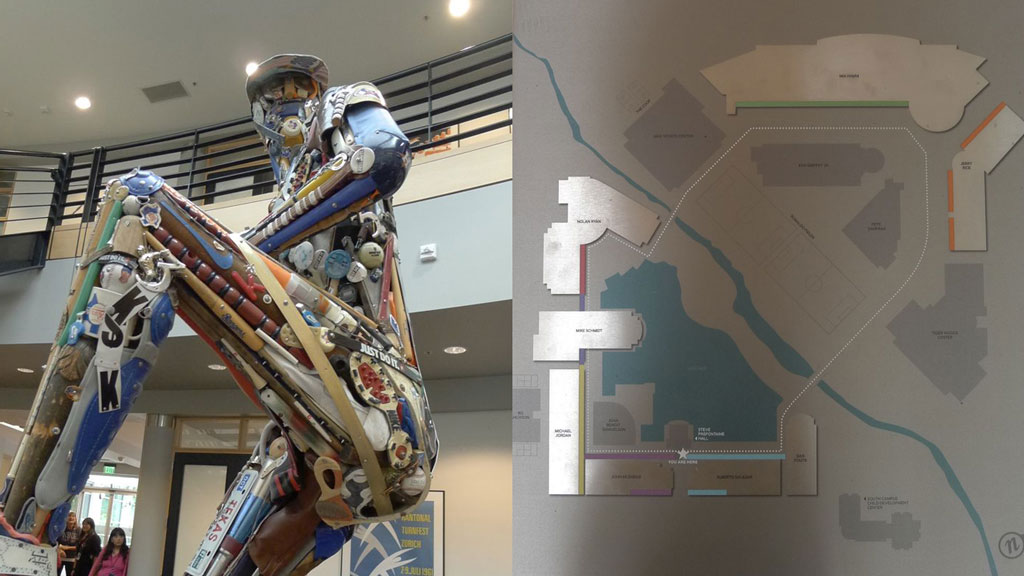
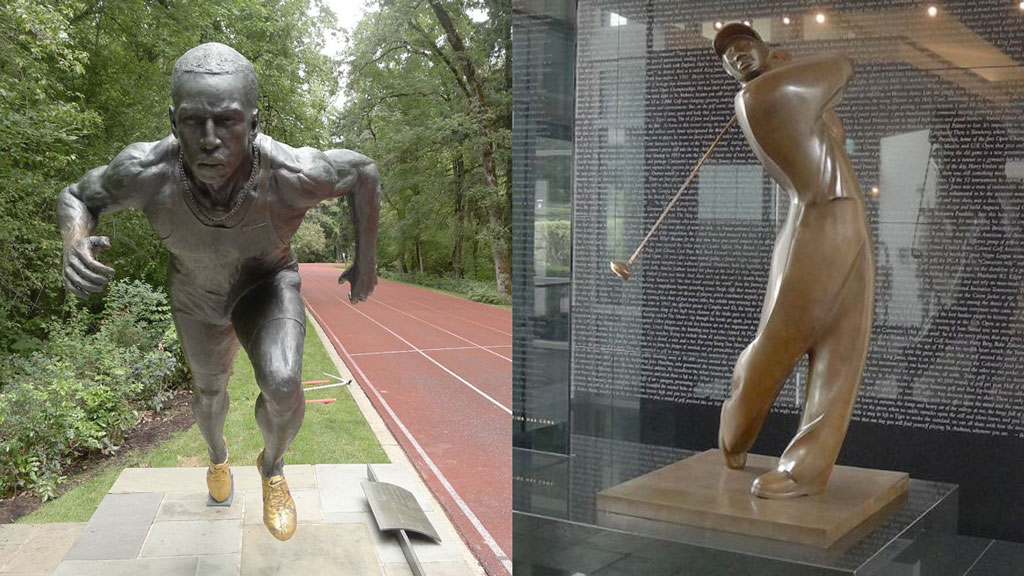

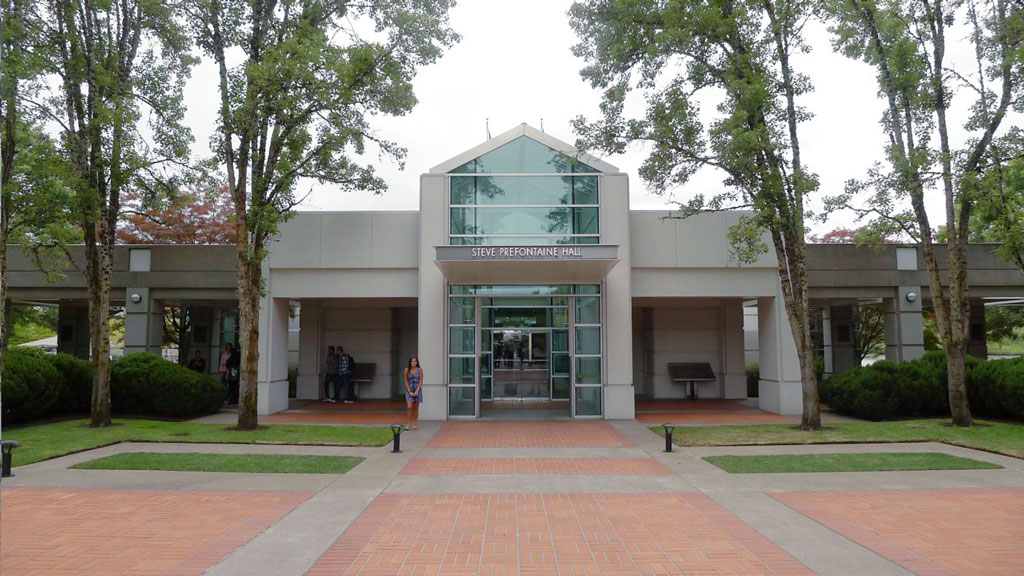





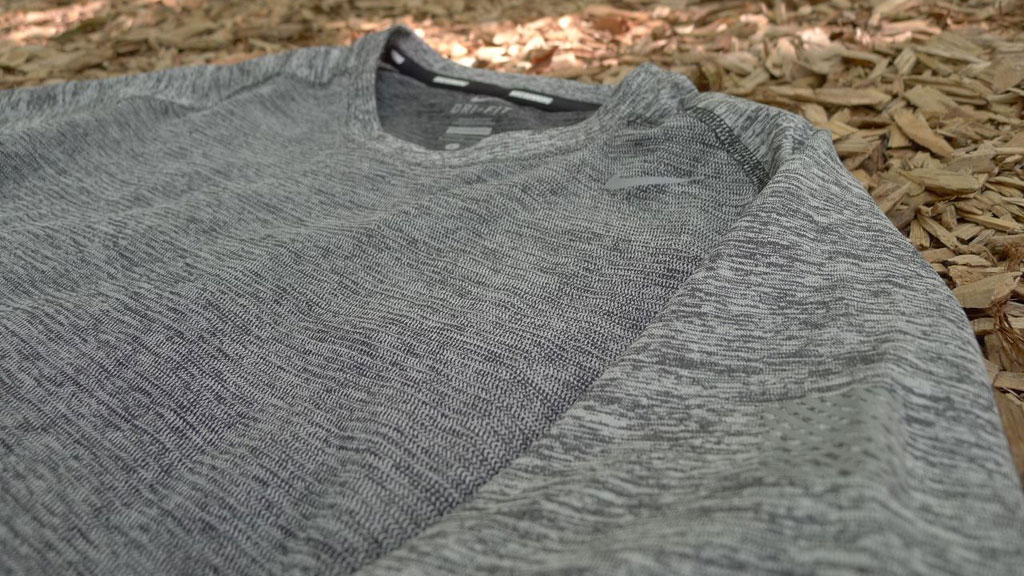

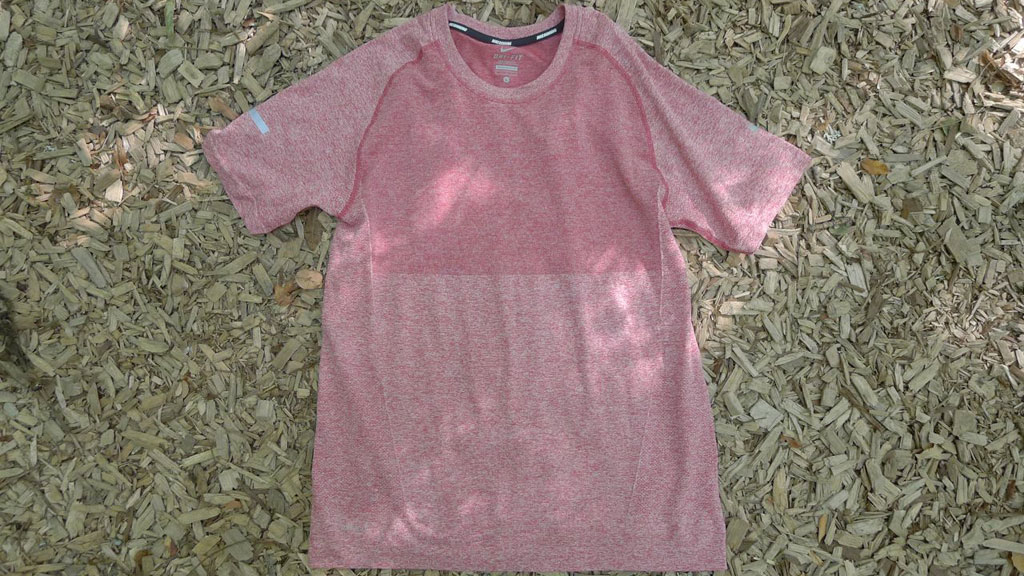
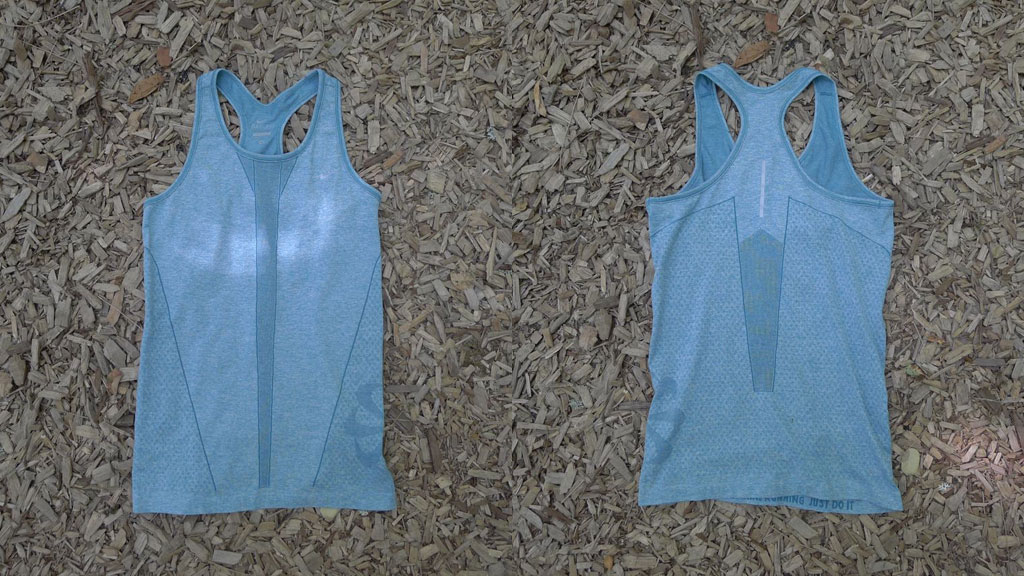
Nike is a brand known for its constant innovation in sports apparel. Its active engagement through the media and advertisements ensure the Nike brand stays a household name, and through those campaigns there is a sense of familiarity with the brand name and its attitude (best represented by its “Just Do It” tagline).
Going back through Whiteboard Journal’s archive you will know that we have been fans of Nike. It is the leading sports apparel company in the world, and when one looks at its history of design and innovation, one can easily understand why.
When Whiteboard Journal and Footurama were invited to Nike’s “Nature Amplified” media launch at Nike’s Headquarters in Beaverton, Oregon, we immediately said yes. Not only because we were the only Indonesian media invited, but also to satisfy our curiosity of what actually goes on at its HQ. We are very familiar with Nike, and now we had the opportunity to see the inner workings as well as meeting the people behind the brand with our very own eyes.
Our Editor-in-Chief, Max Suriaganda, was chosen to represent both Whiteboard Journal and Footurama, and in mid-July he flew to Beaverton to visit Nike’s famous World Headquarters.
The HQ visit was divided into two days. First was the official “Nature Amplified” launch, which introduced three of Nike’s latest sportswear innovation: The Free Flyknit, the Free Hyperfeel, and apparel technologies, Aeroloft and Dry-Fit.
The Free Flyknit combines Nike’s elastic sole with its thread-constructed body. Looking at the sneaker from a fashion perspective rather than athletic, it is a stylish class of footwear that could potentially be trendy, and its silhouette makes it ‘mix and match’-capable. The adaptation of the Flyknit breathed a new life to the Free sole, a Nike technology that has been around close to ten years now.
The Hyperfeel is the brand’s latest addition to form-fitting footwear with its durable and super-thin construction – one that makes you feel almost barefoot when wearing them. The technology seems to be appropriate for sports, and made our Editor in Chief curious about Nike’s direction.
When Nike released its ‘Free’ sole, its concept was that it provided the comfort of being barefoot, and now it has become even thinner. If you look back at Nike’s line of sneakers you will find footwear that is built with a great amount of layers, you will probably notice that many sneakers back then were quite bulky – focusing on support and cushion. Their latest technology, the Hyperfeel, is one thin layer separating your feet from the ground. The innovation seems to head into adapting to your natural movement and form instead of support.
The Aeroloft introduces a laser-cut fabric designed to keep you warm, maintain breathability, and maximize mobility. Lastly, the Dry-Fit, which comes in Wool, Knit, and Touch, was designed to keep athletes dry and comfortable when doing strenuous activities.
As mentioned above, all of these innovations explain Nike’s “Nature Amplified” philosophy, where the technology accommodates the natural condition and demands of the human body. These innovations do not attempt to ‘enhance’ the athlete’s capabilities, rather, create the most comfortable environment for them to perform at their best.
During the second day of the visit Nike opened its facilities to the media, giving the opportunity to visit its ‘Campuses’, as the brand calls it. Simply put: it is a heaven for sports. The campus is equipped with the best facilities for almost any sport – you can find everything from football fields, track, swimming, to various cross training facilities.
The campus also pays homage to the athletes that have worked with the brand. Buildings are named after them (Michael Jordan, Jerry Rice, Steve Prefontaine, to Tiger Woods all have facilities named after them) and some even immortalized into statues and craved into various building’s façade.
The staff was equally impressive. Almost religiously, they seem to ‘soulfully’ embody the Nike philosophy, one that stays within the context of sportsmanship, never giving up – phrases that seem to resonate in Nike’s many advertising campaigns.
One particular section of the campus was especially intriguing, the Nike Sport Research Lab (NSRL). This lab is where the magic happens, so to speak, and this was the first time the NSRL has ever opened its doors to the media. The facilities were, of course, not entirely accessible – there were top-secret sections where ideas are born that no one but the staff was allowed in. But even with this limitation, the media had the chance to see how much research and work is being put into creating merchandise we find at stores.
What the media was shown in NSRL were several rooms that were built to conduct specific research into different sports and products. A basketball court equipped with multiple cameras tracks athletes’ movements, a room for running measured everything from heart rate to temperature, a robot walking for an indefinite amount of time measures the lifespan of their products. Nike built all of these facilities, and understanding the labor put into designing the products makes you appreciate them more.
The NSRL is the heart of the company, one that gives a soul to the Nike. Seeing the amount of labor put into products one cannot help but appreciate the design – it is not simply an object manufactured for mass consumption, but an idea that was developed carefully before it was realized.
It was indeed a privilege to have visited the home of one of the world’s most beloved sneakers, and an even greater one to have learned a little bit about the process that makes it possible for us to enjoy the comforts of high quality footwear.











